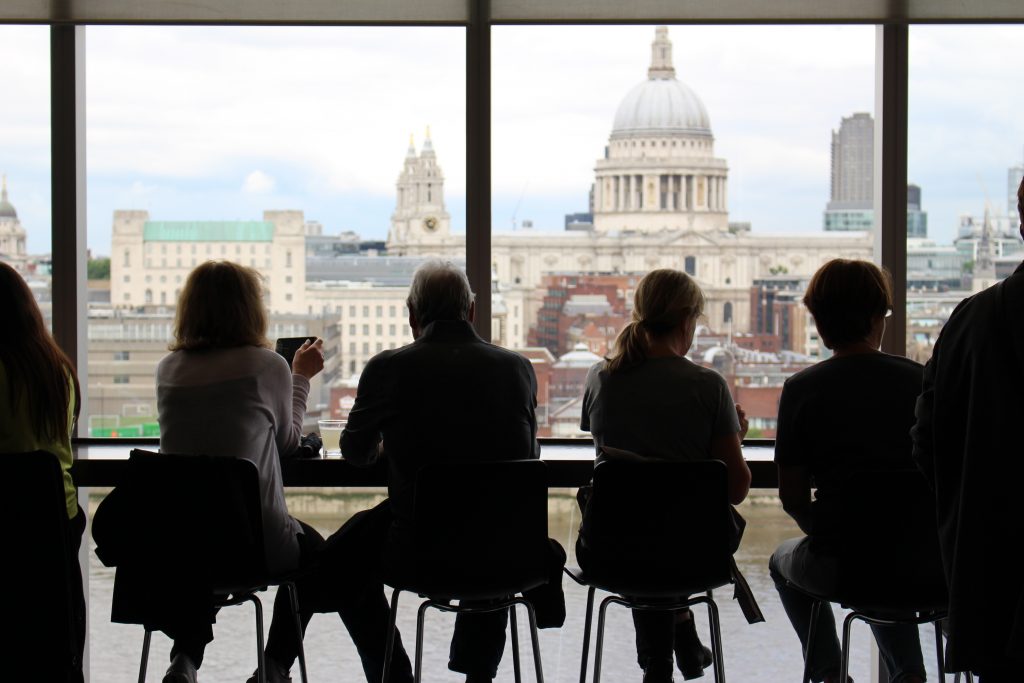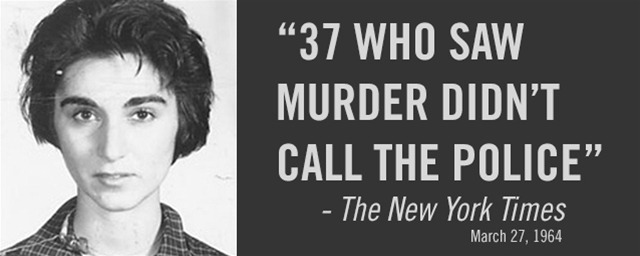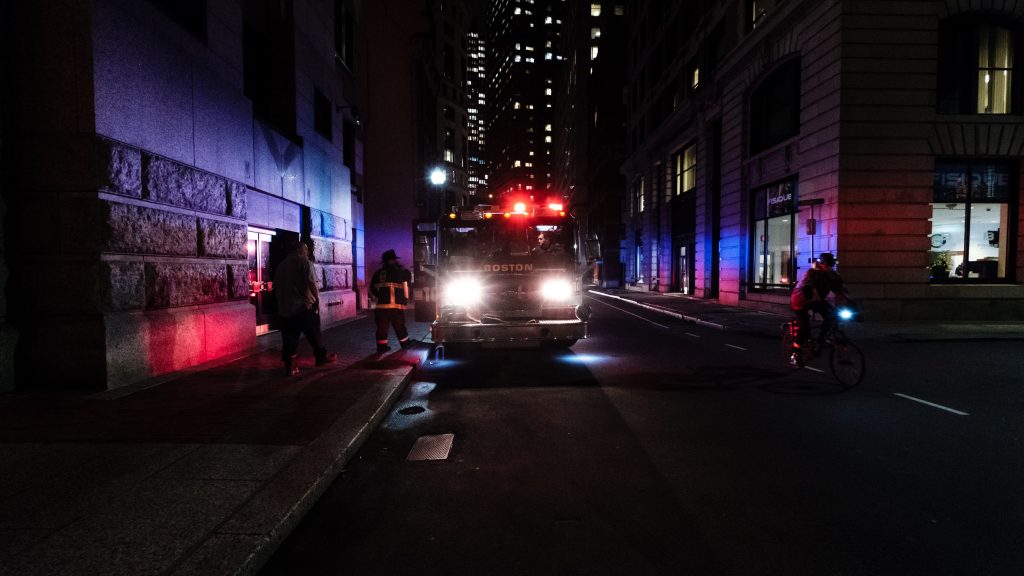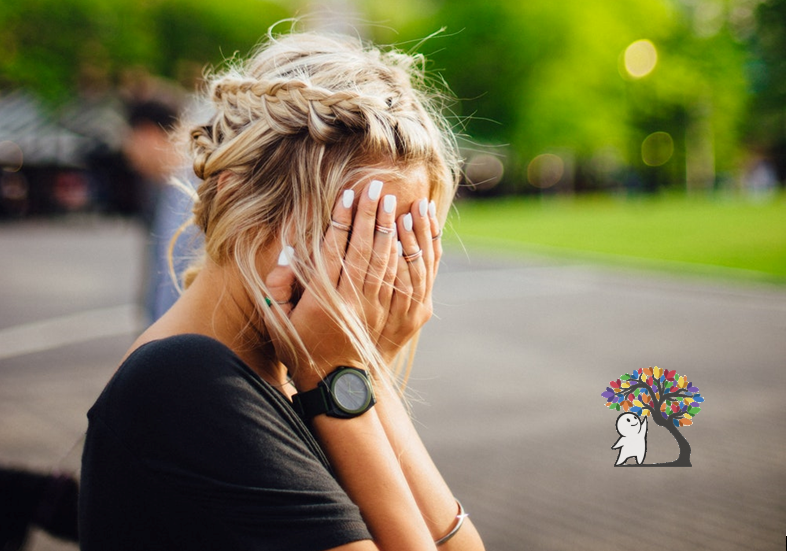The Bystander Effect: 5 Ways To Understand Why We Don’t Help


With technology and social media being the way in which a good section of the population gains its information and knowledge, it isn’t a wonder that things like video uploads and live streaming have made their own place in it all. Most of us have seen at least one video of someone yelling for people to call 911 in some emergency while panning over a gathered crowed only to see more people filming the incident than actually assisting in some way. Why is that? Why do so many people go straight for their cameras when tragedy strikes? Are they just wanting more “likes” or is there something psychologically going on here?
1. What is happening?
To answer those questions, we first have to understand that there are some people who will live stream something just to get “likes.” Once we weed those few individuals out of the collective taping pool we run into what is known as The Bystander Effect to explain the reactions of the other witnesses. The Bystander Effect, also know as Bystander Apathy, was first explained by social psychologists Bibb Lanaté and John Darly in connection with the daytime murder of Kitty Genovese. In the broad daylight of a New York street in 1964, Winston Moseley stabbed Kitty Genovese to death while an entire apartment building’s worth of people watched. Not a single person offered to render assistance to Kitty, subdue Winston, or even call the police as the attack happened.
2. Why does it happen?
Both Lanaté and Darly were intrigued and set out to find out why so many people were so willing to stand by and do nothing while a young woman was murdered in cold blood. After some experimentation they came to the realization that when people are alone they have a higher rate of intervening than those that were in groups. Upon completion of one experiment it was found that 75% of individuals who were in a room alone left to report when smoke started to permeate said room whereas only 10% of those in a group left to report the same smoke. The theory goes that there are many decisions a person must make in the face of an emergency, the first of which is to determine if there is an emergency at all. Once that has been established, the witness must then decide if they are equipped to help or if they should call 911 instead. Even after that has been determined it is still left up to the individual as to whether they intervene at all or if they just continue on their way.
3. What goes through the mind?
Even more interesting is the fact that, especially in the Kitty Genovese murder, people tend to believe that someone else within the group will surely intervene and that they don’t need to personally get involved. Every single onlooker to the Genovese murder believed that their neighbor would step in or call the police which left everyone watching helplessly in a situation where help was imperative. None of those people needed to take further inventory of the situation, it was very apparent that Kitty was being stabbed, and no one needed to have first responder training to know that someone needed to call the police. Yet no one did and it can all be attributed to the psychological phenomenon that discourages people from intervening when other people are around.
4. How have things changed?
Since we are able to see things in real time thanks to the internet it is important to know that there are laws out there to encourage people to assist in emergencies. 32 US states have what are knows as Good Samaritan laws, you can find a comprehensive list of states here. These laws are designed to offer legal protection to individuals that render reasonable assistance to those that are ill, injured, in an emergency or who are otherwise incapacitated. Laws like these are meant to absolve those rendering assistance from legal action due to unintentional injury or wrongful death and are meant to be an umbrella of protection in the hopes that people will step in and give aid. In many instances, those that witness the accident or emergency are the first to actually be able to offer aid while they wait for the first responders to get there. Those few minutes of help can mean the difference between life and death.
5. How can we be more aware?
The next time you see a video of people screaming for someone to call 911 while no one actually does it ask yourself some questions. Ask yourself if you would actually help in a similar situation. Review what you know about rendering aid to those in need and perhaps brush up your first aid and CPR trainings. Take a look at the situation as if you were the one needing help and try to see what you might want someone to do for you if that were to ever happen. But most of all, just make sure that you know where your cellphone is at all times and that you know how to properly give information to a 911 operator if you should ever need to. Being accurate in your description of the situation, your surroundings, and any relevant information will allow for the police or medical crews to get there as quickly as possible. For more information on just what a 911 operator needs when you call with an emergency check here.




Responses